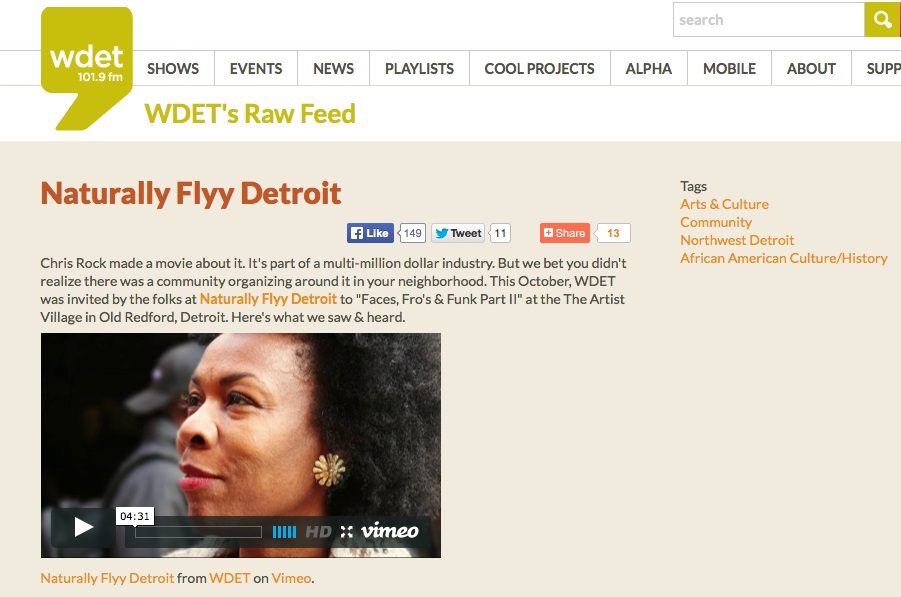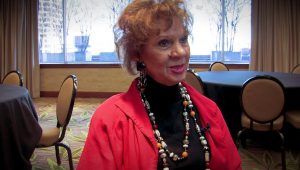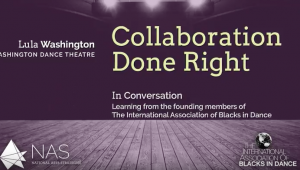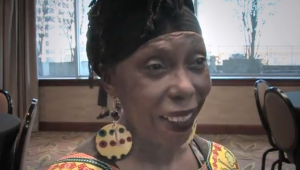In this excerpt from “The Case for Cultural Fluency,” Mikel Ellcessor introduces the concept of Cultural Fluency as it can be applied by arts and culture leaders. You can read and download his full white paper here.
It’s déjà vu all over again.
Picture this: you are in a meeting and you have been in this meeting many times. After another detailed mapping of the problem, someone takes a stab at a solution and says it:
“We have to move beyond the current audience and into new audiences and communities.”
This feels like success, right? Everyone agrees with the notions of inclusion, fairness, access and diverse viewpoints. We’ve grappled with this for years, but what will create a positive, lasting impact?
It’s not more effort. The people I know are working harder than ever. The idea that there’s a shortage of leadership courage doesn’t hold water. I see organizations strengthening their governance and improving business practices. Some of the most vital work in generations is being staged, toured, broadcast and served across a growing number of platforms. This is change in action and that does not happen without tremendous leadership courage.
I think we have misdiagnosed our condition. Willingness and leadership courage get us in the door, but something is missing. We hide behind incremental improvements in our business practices when the real, pressing question is why should people who are not currently in our audience use us if we are not connected to their lives?
I say we need to expand our Cultural Fluency.
Cultural Fluency, in this context, is the ability to both speak and listen, with deep contextual understanding, of each other’s background, vested interests and aspirations.
Our lack of sufficient Cultural Fluency is one of the major issues that hold us back from reaching new audiences.
As arts and public media professionals, there is a deep passion to facilitate connection and bring people together across class, ethnicity and generational cohorts. For the most part, though, public media and the majority of our arts institutions have yet to become relevant to people beyond the core—more educated, affluent, older and, most often, white audiences.
For an inclusive, just society, public media and the arts have to find ways to collaborate with an expanded range of communities. We must be in relationship with these communities so they can tell us, in their own words, what matters. New levels of trust have to be conveyed and earned before we can even start to address the question, “how can we serve?”
The never-ending pursuit of Cultural Fluency takes place in the spaces where our desire to make a difference is tested against our willingness to listen, learn and adapt in the service of others.
We know we have to build our capabilities as managers. We acquire new professional skills. As we mature, hopefully, our capacity to love, forgive and have empathy for others expands. In the same way, we can grow our Cultural Fluency. These are real skills that can be developed. The move from intention to strategic implementation is critical. Professional and personal development can be hard to maintain, nurture and properly resource, but isolation, irrelevance and slow decline is harder.
The Five Frames
How does Cultural Fluency emerge and what are the skills that can be honed to help it take root and flourish?
The Five Frames of Cultural Fluency are captured in an acronym: SHARE, which reminds us of the human qualities and states of being that matter in areas far beyond our professional lives.
SHARE:
- Servant Leadership
- Humility
- Authenticity
- Reciprocity
- Emergence
SHARE brings the Five Frames to life in plain language and this provides us with a specific, defined model for building new staff skills and strengthening the organization. This white paper lays out a set of provocations and some real world examples of Cultural Fluency in the context of a variety of organizations, including WDET, Detroit where the relentless alignment around the Five Frames of Cultural Fluency was the single most effective driver of that formerly-troubled stations’ dramatic turnaround.
Ultimately, these are executions of a specific intention and desire to go deeper. Lasting change starts with the public media and arts professional class strengthening its relationship with the fact that we are citizens, as well as managers.
We have to go deeper. We have to remember that we are citizens and we have to get real with people. The arts and public media can be a powerful partner to these communities – if we learn how to build truly reciprocal relationships – or we can sit on the sidelines and merely observe the change happening around us.



